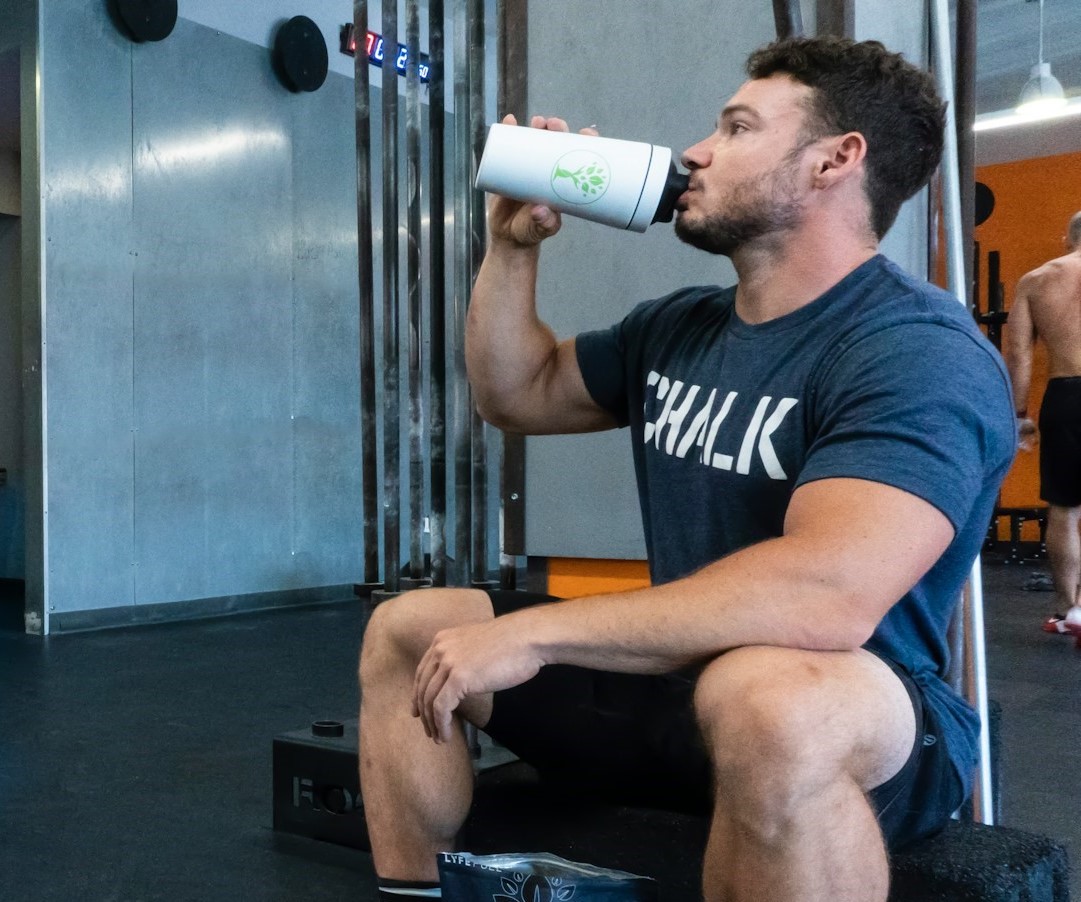
In recent years, the sports supplement industry has experienced an unprecedented surge in popularity, evolving from a niche market catering mainly just to elite athletes and bodybuilders to a mainstream phenomenon embraced by fitness enthusiasts, weekend warriors, and everyday consumers. This boom is not just a trend but a reflection of broader societal shifts toward health, wellness, and performance optimization. To understand the present-day prevalence of sports supplements, it’s essential to explore their history, the factors driving their popularity, and the implications of their widespread use.
A Brief History of Sports Supplements
The origins of sports supplements can be traced back to the early 20th century, when athletes and bodybuilders began experimenting with different substances to enhance their performance and physique. In the 1940s and 1950s, the bodybuilding community, particularly in the United States, played a significant role in popularizing protein supplements. These early products were rudimentary by today’s standards, often consisting of powdered milk or egg proteins, and were used primarily by bodybuilders looking to increase muscle mass.
The 1960s and 1970s saw the introduction of more sophisticated products as scientific research into nutrition and exercise physiology began to advance. This period also marked the beginning of commercial interest in sports supplements, with companies starting to market protein powders, amino acids, and vitamins to a broader audience. However, it wasn’t until the 1980s and 1990s that the industry truly began to take off, thanks in part to the increasing visibility of bodybuilding and fitness culture, as well as the growing interest in sports nutrition among professional athletes.
During these decades, creatine and whey protein emerged as breakthrough products, supported by scientific studies demonstrating their effectiveness in enhancing muscle strength and recovery. Creatine, in particular, became a game-changer, quickly gaining popularity after studies in the early 1990s showed that it could significantly boost athletic performance. These developments helped to establish sports supplements as legitimate tools for enhancing athletic performance, setting the stage for their mainstream adoption.

The Mainstreaming of Sports Supplements
The early 21st century witnessed a dramatic shift in the sports supplement market. What was once the domain of serious athletes and bodybuilders began to appeal to a broader audience, including casual gym-goers, endurance athletes, and individuals simply looking to improve their overall health and fitness.
James Bridges, of The Supplement Store, explains: ” When I first started out in the sports nutrition business back in 2003, supplements were viewed with some scepticism and curiosity. Certainly, here in the UK they were still seen as a very niche and questionable market, mainly just for bodybuilders. My company at the time was one of the first to re-sell popular branded supplements online in large quantities and there were very few big bricks and mortar stores that carried supplements back then, so competition was quite low – which was great for us in those days. At the time I’d never have imagined that 20 years later supplements would be so mainstream. The idea that you can now walk into most supermarkets and almost always find a good selection of protein shakes and bars, often along with other supplements like creatine and pre workout powders, would have been hard to envisage back in the early 2000s and shows just how far the industry has come in terms of credibility, product quality and mass appeal.”
Several factors contributed to this mainstreaming.
First, the rise of the internet and social media played a crucial role in spreading information about sports supplements. Fitness influencers, online forums, and e-commerce platforms made it easier for consumers to learn about and purchase a wide range of products. As a result, awareness and accessibility increased, leading to a more informed and engaged consumer base.
Second, there was a growing societal focus on health and wellness. As more people began prioritizing fitness as part of their daily routines, the demand for products that could enhance performance, aid in recovery, and support overall health grew. This shift in consumer behavior was further fueled by the rise of boutique fitness studios, marathon running, CrossFit, and other fitness trends that emphasized the importance of supplementation as part of a comprehensive fitness regimen.
Third, advancements in research and development within the supplement industry led to the creation of more effective and specialized products. Today, consumers can choose from a vast array of supplements designed to meet specific needs, whether it’s building muscle, boosting endurance, improving cognitive function, or enhancing recovery. This level of customization has made it easier for individuals of all fitness levels to incorporate supplements into their routines, further driving their popularity.
Implications and Future Directions
The mainstreaming of sports supplements has had significant implications for both the industry and consumers. On the one hand, it has led to rapid growth and innovation, with the global sports nutrition market expected to reach $35.35 billion by 2025. This growth has attracted new players to the market, including major food and beverage companies looking to capitalize on the trend. On the other hand, the widespread use of supplements has raised concerns about regulation, safety, and efficacy.
As the industry continues to evolve, transparency and education will be key to ensuring that consumers can make informed choices about the products they use. Regulatory bodies and industry leaders must work together to establish clear guidelines and standards, while also investing in research to better understand the long-term effects of supplement use.
In conclusion, the rise of sports supplements from niche products to mainstream staples reflects broader societal trends toward health, wellness, and performance optimization. As the market continues to grow, it will be crucial to balance innovation with responsibility, ensuring that these products are safe, effective, and accessible to all who seek to improve their fitness and well-being.
John Davis is a seasoned health journalist with expertise in public health and medical research. Holding a degree in health sciences, John excels in making complex health topics understandable and engaging for his readers. His articles, featured in top health publications, cover everything from cutting-edge treatments to public health policies. Outside of journalism, John is an advocate for health education and frequently speaks at community events.





